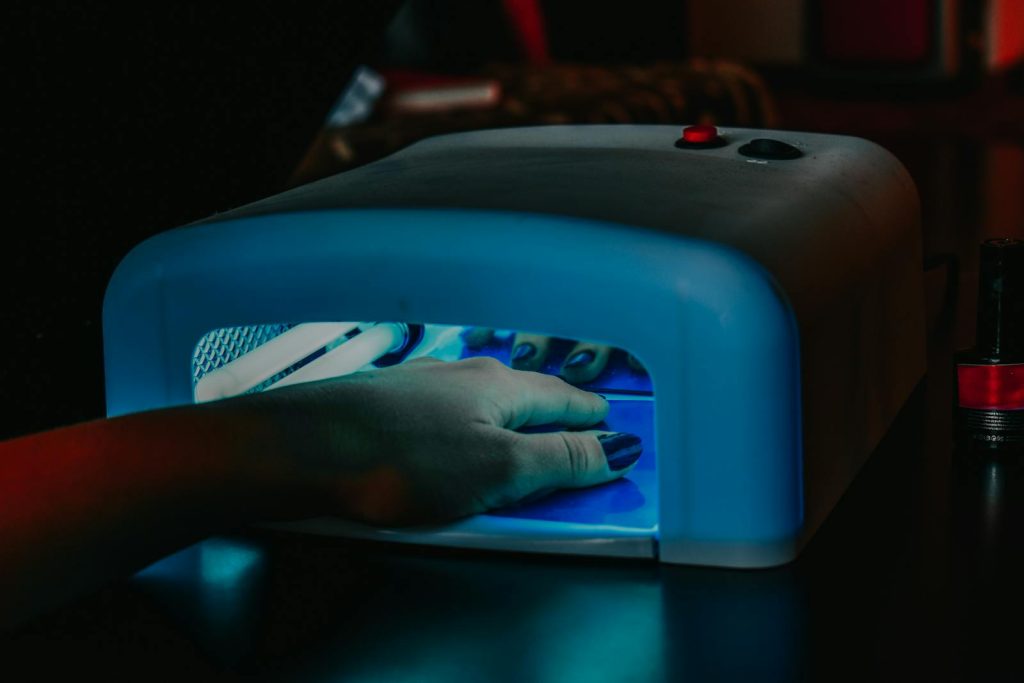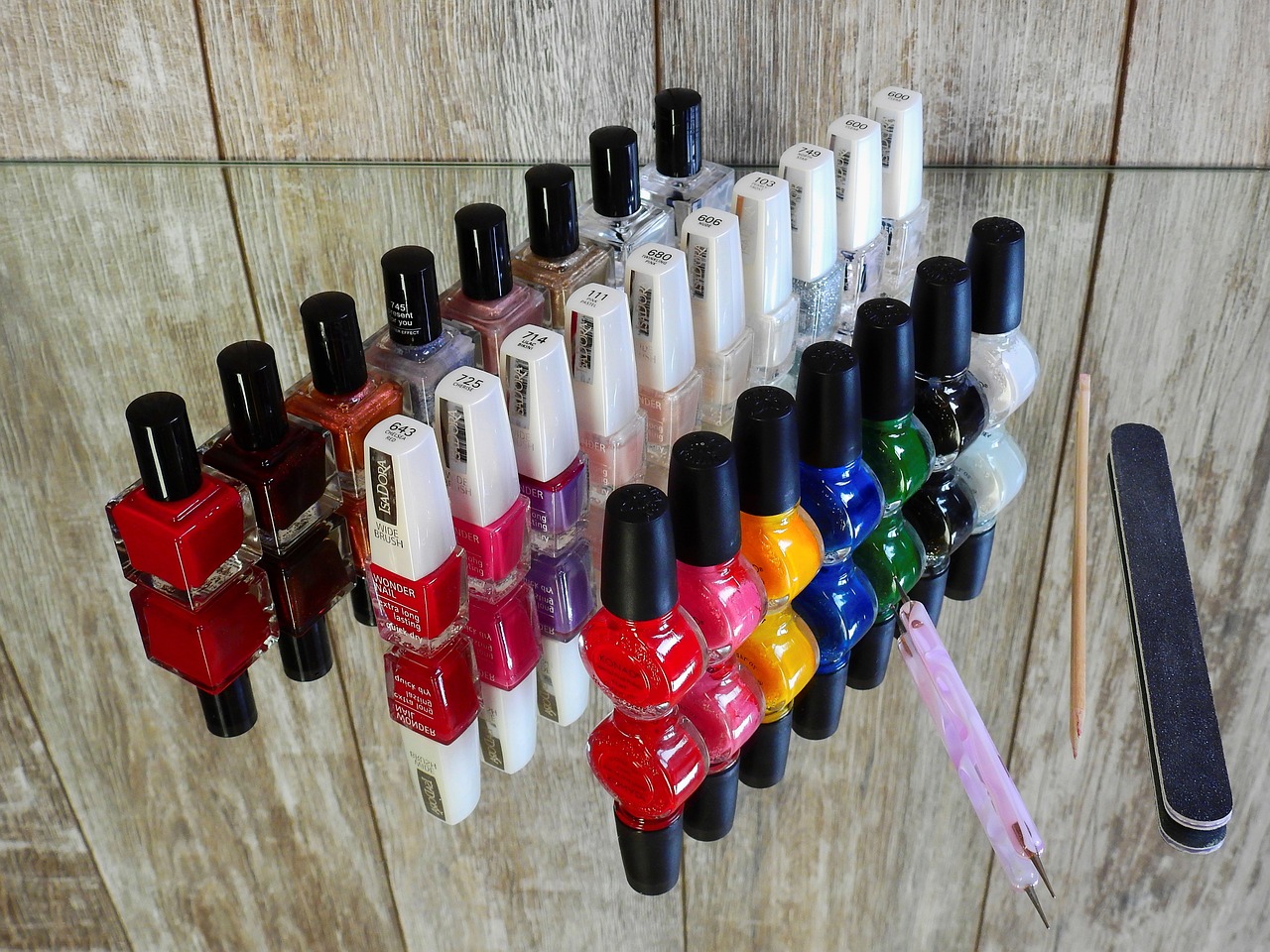Nail care has become an essential part of many people’s beauty routines. Two of the most popular methods for achieving beautiful, long-lasting nails are gel nails and semi-permanent polish. But how do you choose between the two?
In this article, we’ll explore the differences, advantages, and disadvantages of each method to help you make the best choice for your needs.
Gel nails
Gel nails are an excellent option for those looking for strong, durable nails that maintain a flawless appearance for an extended period.
Advantages of gel nails
- Durability: Gel nails are highly resistant and can last up to 3–4 weeks without chipping or damage.
- Strengthening natural nails: The gel provides an additional protective layer, helping natural nails become stronger and less prone to breakage.
- Flawless finish: Gel nails offer a smooth, glossy finish that lasts without dulling over time.
- Versatility: Gel nails can be shaped into various forms and lengths, allowing for experimentation with different styles.
Disadvantages of gel nails
- Difficult removal: Removing gel nails takes time and, if not done correctly, can damage the natural nails.
- Longer application process: Applying gel nails involves multiple layers and curing under a UV/LED lamp, which can take longer than semi-permanent polish.
- Higher costs: Gel nails tend to be more expensive, whether done at a salon or with at-home kits.
Semi-permanent polish
Semi-permanent polish is a popular choice for those seeking a natural yet durable look for their nails.
Advantages of semi-permanent polish
- Quick application: The process is faster and simpler compared to gel nails.
- Easier removal: Semi-permanent polish can be removed relatively easily with special solutions, causing less damage to natural nails.
- Natural look: It provides a thinner, more natural finish, perfect for those who prefer a subtle look.
- Lower costs: Generally, semi-permanent polish is more affordable than gel nails.
Disadvantages of semi-permanent polish
- Reduced durability: Semi-permanent polish lasts about 2–3 weeks and is more prone to chipping and damage than gel nails.
- Less strengthening: It doesn’t provide the same level of reinforcement and protection as gel nails, making it better suited for already strong and healthy nails.
- Design limitations: Semi-permanent polish offers less versatility in terms of design and shaping compared to gel nails.
How to choose the best option for you
The choice between gel nails and semi-permanent polish depends on your individual preferences and needs. Here are a few questions to help you decide:
- How long do you want your manicure to last? If you need a longer-lasting manicure, gel nails might be the better option.
- What is the condition of your natural nails? If your nails are fragile and need extra protection, gel nails can provide the necessary reinforcement.
- How much time are you willing to spend on application and removal? Semi-permanent polish is quicker and easier to apply and remove.
- What’s your budget? Semi-permanent polish is generally more cost-effective.

Both gel nails and semi-permanent polish have their unique advantages and disadvantages. The right choice depends on your lifestyle, personal preferences, and nail care needs. Regardless of which option you choose, be sure to follow a proper nail care routine to keep your nails healthy and beautiful.
We hope this guide has helped you better understand the differences between gel nails and semi-permanent polish so you can make the best decision for yourself!

